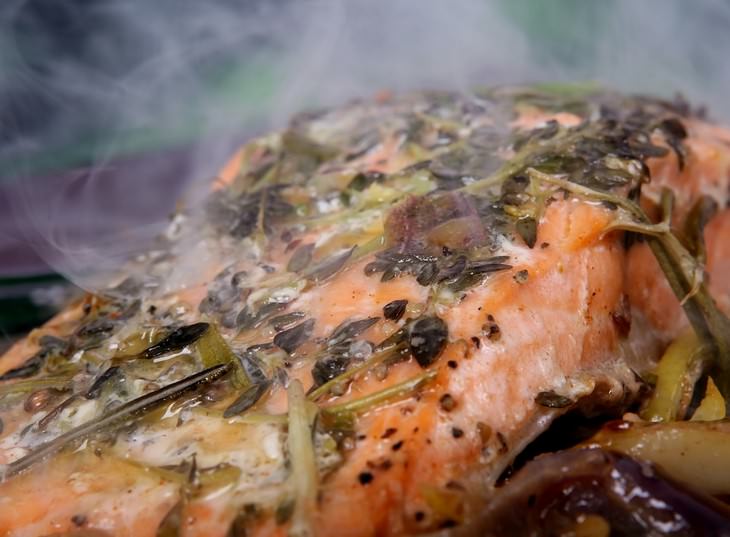1. Roasting and grilling.
Preparing grilled fish and roasting it is similar in terms of exposure to high temperature. The only difference lies in the method of preparation; roasting is done in the oven, while grilling is done from below. To ensure proper cooking, it is essential to flip the fish and cook both sides evenly. Generally, no oil is required for either method.
How does the method affect the fish?
Several studies, including one conducted in Portugal in 2012, have found that cooking meat at high temperatures through grilling or roasting can result in the release of harmful substances called "heterocyclic amines" (HAs) and polycyclic aromatic hydrocarbons (PAHs). These substances are not created when grilling fish, making it a safer option for cooking. Another byproduct of this cooking method is the formation of Advanced Glycation End products (AGEs), which are linked to the development of heart disease, diabetes, and Alzheimer's.
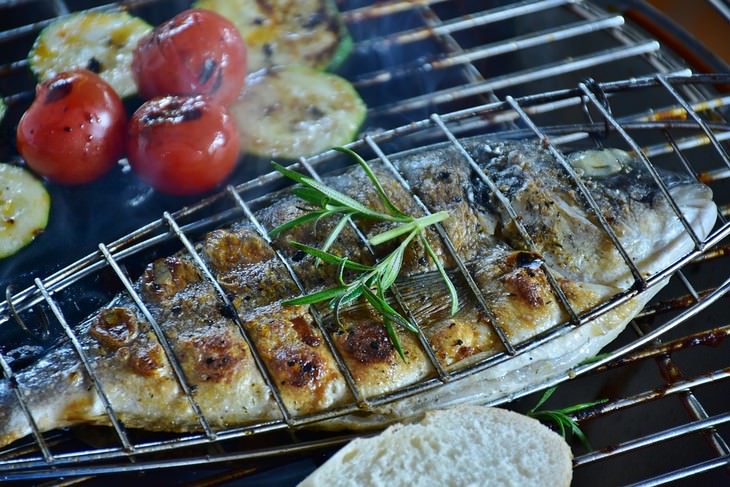
Minimizing damage:
The above-mentioned compounds take some time to form, but they can be prevented by roasting or grilling fish for a short period. It is unnecessary to overcook fish as it usually gets done in a few minutes. Marinating fish can also reduce its preparation time, and it's recommended to use this technique with both of these cooking methods.
2. Frying in a pan/deep-frying
Frying fish in a pan or deep-frying involves cooking it in extremely hot oil. The only difference is the quantity of oil used, which is more in deep-frying. Although both methods are popular, it's advisable to try other ways of cooking fish instead.
How does the method affect the fish?
When fish is prepared using methods such as deep-frying or pan-frying, they tend to absorb a lot of oil. This significantly increases their calorie content and can also harm the omega-3 acids present in them, thus reducing their nutritional value.
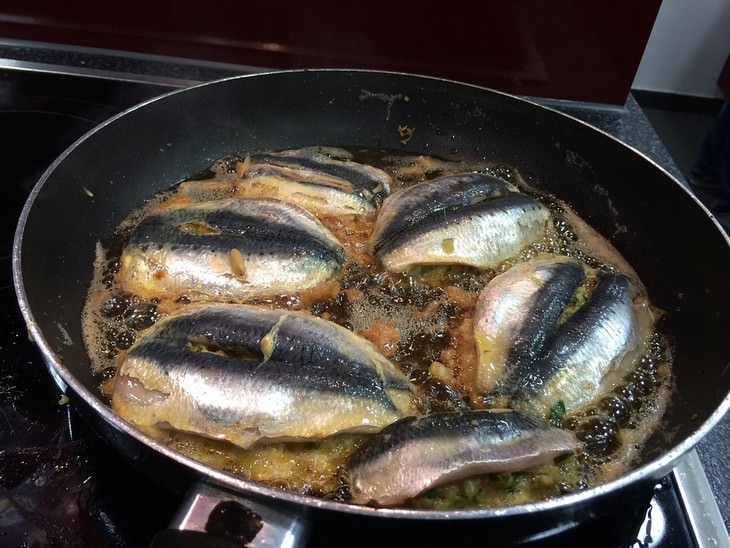
Minimizing damage:
To minimize this damage, it is recommended to fry fish in a pan and not in deep oil.
3. Steaming and stewing
Steaming and stewing are other methods that use water or other liquids to prepare fish, ensuring that it is cooked uniformly. In the steaming process, fish is placed on a special vessel and cooked using hot steam without any contact with oil.
How does the method affect the fish?
In steaming and stewing, no oil is used nor high temperatures, so the damage to the fish is very small. In this way, the dangerous components mentioned above are not created, but some damage to the fish is still created. Because the fish has to be steamed or cooked for longer periods of time than with other methods, the cholesterol in it oxidizes over time, causing it to stick to the arteries. Despite this, these methods are considered healthier because they preserve the nutritional values of the fish, as well as the omega-3 acids found in them.

Minimizing damage:
To make sure that the fish actually retain their nutritional values, do not overcook or cook them at too high temperatures.
4. Baking
In the baking method, the fish is prepared in the oven with oil and other additions on or beside them. The temperatures required for baking are not as high as in roasting and grilling processes, but higher compared to brewing and steaming.
How does the method affect the fish?
In various studies conducted on the topic, it has been found that baking fish does not cause significant harm to the omega-3 acids present in them compared to other cooking methods. Moreover, baking helps to retain the vitamin D content of fish, whereas frying results in a loss of 50% of it. However, if you use oil to bake the fish, it may have a negative impact on its nutritional value, depending on the quantity used.
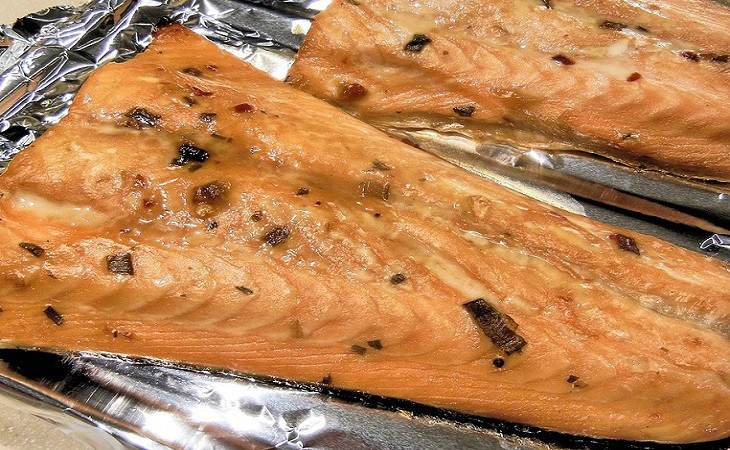
Minimizing damage:
It's crucial to avoid using oil or reduce its amount while baking fish to preserve its nutritional value.
5. Microwaving
Another cooking method that is gaining popularity is microwaving fish, as it saves time. This method usually does not require oil, and you can simply place the fish in a suitable utensil and cook it in the microwave.
How does the method affect the fish?
Microwave cooking utilizes energy waves that cause food molecules to vibrate, resulting in cooked food. Fish prepared using this method retains its nutritional value since it is not subjected to high temperatures or lengthy cooking periods. While some people dispute this notion, microwaving fish may be a viable option for preserving its nutritional components.
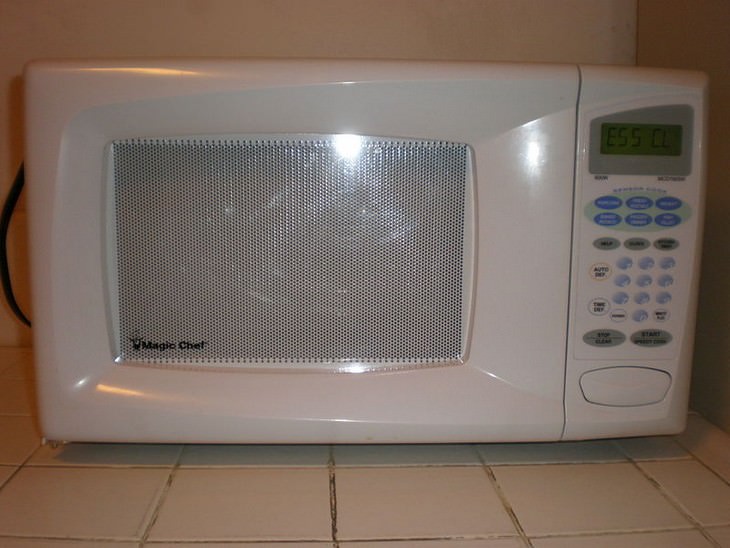
Minimizing damage:
Some individuals refrain from using the microwave to cook food due to concerns about its effect on nutritional content. However, since the microwave uses relatively low temperatures and short cook times, it's possible that omega-3 acids and other nutrients in fish may not be adversely affected.
In conclusion...
To make nutrient-rich fish that tastes great, it's best to reduce the preparation time and minimize the heat exposure. The most effective cooking methods for this are steaming and cooking, followed by baking and microwave preparation. However, frying, roasting, and grilling can harm the fish's crucial components, so it's best to limit their use.

